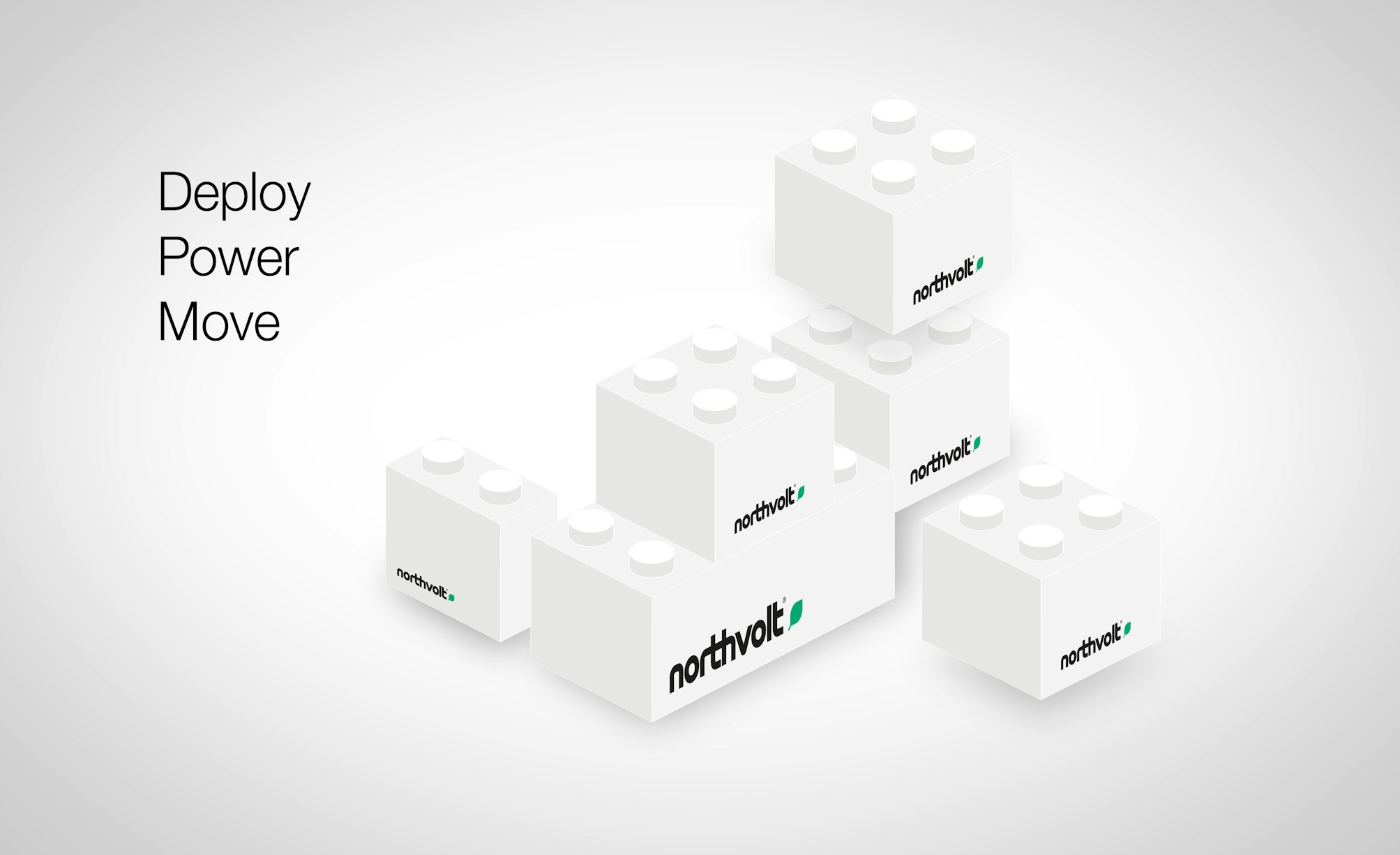Going Mobile: the opportunities of modular battery systems
21 February, 2020
Battery energy storage plays a leading role in the new energy landscape. But not all batteries are the same and the road ahead will be shaped by a new breed of battery system. Mobile batteries.

The response to the need for energy storage to deliver grid strengthening has traditionally been large scale battery systems designed for a single purpose and multi-year deployment.
Reviewing this landscape, it’s clear that battery energy storage is a transformative technology for grids. The benefits are equally compelling in commercial & industrial settings. We’re seeing deployment rates accelerating as battery systems are becoming more capable and costs reduce, and we’re seeing their use over a wider spectrum of applications as a result. It’s great news for operators of systems and even better news for the environment.
But the reality is that we are only just beginning to tap into the real potential of battery systems.
When you look at the market it’s apparent that this approach, of large static systems, is not aligned with many potential business cases and new applications for batteries. Not least, the market is looking for modular systems that can be used to create fleets of energy storage that can easily be scaled up or down and moved geographically to match storage capacity build-out plans and varying applications.
In order to harness the full potential of battery storage and serve the market more fully, we need a conceptual re-think.
Re-thinking the status quo
For the foreseeable future there is going be a role for large, permanent battery systems of the class that most current-generation battery systems are. Northvolt will be there for this segment – delivering to market its most sustainable battery systems. Such systems are installed in one location for their lifetime, oftentimes to support utility-scale activities or integrating into commercial & industrial facilities to provide peak-shaving and other functions.
Designs reflect this static or stationary intention – resulting in large, heavy systems which can be time consuming to redeploy, if possible at all.
But it doesn’t have to be this way. In fact, if we’re to move beyond fossil-fuel based electricity supply across the board, we must innovate more flexible battery solutions.
Not all applications require very large amounts of power or energy. In other scenarios, conditions are not suited to motivate a fixed asset deployment, but there is a clear short-term business case well served by a non-permanent battery system.
The solution to both issues is found in modularity in system design. This would enable flexible solutions that could be adapted to meet requirements of any application, with plug-and-play characteristics that make the option of redeployment in a new setting just as easy.
Flexibility of this type opens up the landscape of uses for battery energy storage in settings as varied as private events, commercial environments, public venues and industrial contexts.
Designing for redeployment
To enable flexible battery energy storage systems, components must be built as building blocks. This modular characteristic would enable us to deploy battery systems to any requirements – simply adding more blocks to ramp-up power and energy.
Importantly, modularity means mobility. It means that systems can be transported and assembled easily, used for however long is required and then rapidly disassembled and transported away for their next tour of operations.
For this, systems must be designed and built with transport and redeployment in mind. This means compact, rugged designs – ones robust enough to handle transport and operations in any environment, indoor or outdoor. And it requires quick and easy set-up, without any need for special logistical arrangements or engineers in the field. And operations which can be managed by a wide range of users.
A plug-and-play design can be taken further still — enabling systems which can be easily integrated with many applications, from EV charging and solar PV panels to powering music or lighting systems and even providing power to an event.
Most current systems are not built with this kind of flexibility in mind, but it quickly becomes clear that exciting opportunities emerge with mobile batteries. Opportunities that would dramatically improve on the status quo of typical energy/power solutions.
Of course, design aspects supporting mobility must be cost efficient and match the value creation of applications. To date, the problem has been that these solutions are too expensive for revenue potential on the market. But with the recent scale up of the industry, combined with innovative thinking, we are quickly reaching competitive solutions.
From camping to construction: opening up batteries to new settings
Perhaps most intriguing of all, by breaking the mould of a stationary system with a redeployable system we can begin overturning the business models which can limit battery adoption.
It means battery services can be provided under new financial models, for instance long-term leasing or short-term rental. By removing the barriers of upfront capital costs for purchasing an entire system, smaller customers, or ones which don’t require a permanent system, can benefit from batteries.
An over-arching goal with modular battery thinking is to provide a valid alternative to diesel generators. Noisy, emitting toxic fumes and burning fossil-fuels, there is nothing good about such generators either at small, consumer or industrial level. They provided a means to an end for many decades, but times change. With modular battery energy storage, any and all applications currently relying on diesel generators could be replaced.
Electrification brings freedom. And battery systems are the principal enabling technology for electrification. But to truly embrace the opportunities in play, mobility is the only logical direction to take.